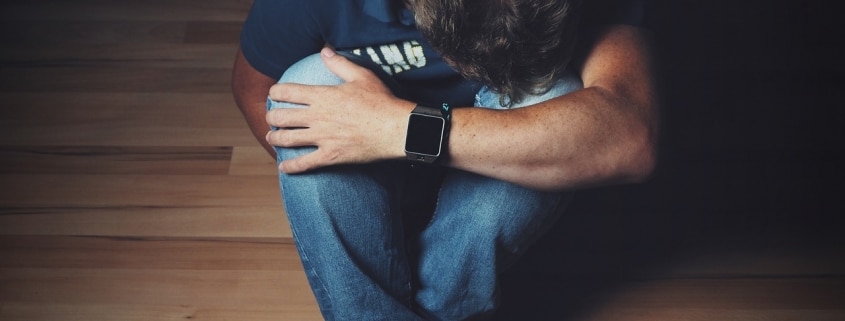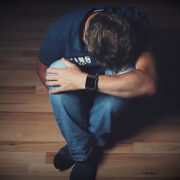Low back pain – new perspectives
In the USA, low back pain is the second most common cause of disability and the most popular treatments are actually known to be unhelpful for most people.
If we are to put a number on it, back problems cost an estimated 90 billion dollars a year. To add to the issue, there is quite a disparity between what evidence suggests helps and what is covered by health insurance.
Lower back pain is one of the top reasons people go to the doctor in the US, and it affects 29% of adult Americans. It’s actually the leading reason for missing work anywhere in the world.
What is advisable, in any case, is to initially rule our serious causes for low back pain by a medical doctor before anything else.
Once that is taken care of, what can be interesting is to look into active and passive therapies. Active therapies include yoga and Pilates while passive therapies include massage and chiropractics).
So where does medication fit in all this? Surprisingly, a recent study was the first one to compare the long-term use of opioids versus non-opioid medications like acetaminophen, for example, in the case of chronic low back pain, and hip or knee osteoarthritis. After a year, the researchers found opioids were actually in slightly more pain compared to the non-opioid group.
As far as surgery goes, when it is deemed necessary, in randomized trials, there was no clinically meaningful difference when comparing the outcomes of patients who got spinal fusion with those who got a nonsurgical treatment.
What has changed over the years is our understanding of pain. We used to believe that is was directly correlated with the nature and severity of an injury or anatomical issue. It’s clear now that other factors are involved. Some are of neurological nature.
In February 2017, the American College of Physicians advised doctors and patients to try “non-drug therapies” such as exercise, acupuncture and others. That being said, the issue with massage and spinal manipulation is that the effects tend to be short-lived and moderate.
Could this be where Posturology comes in? One factor that has been left out of the equation when addressing low back pain is the competency in standing upright. Upright posture is learned. It is made up of specific prerequisites that prepare the body and the brain for life. In this learning experience, could it be that some get a higher passing grade than others? Could it also be that these individuals have a more symmetrical posture and better balance? That’s precisely what has been seen and shown in Posturology since 1985. That is why, to this day, this is how we do!
https://www.vox.com/platform/amp/science-and-health/2017/8/4/15929484/chronic-back-pain-treatment-mainstream-vs-alternative?__twitter_impression=true










Leave a Reply